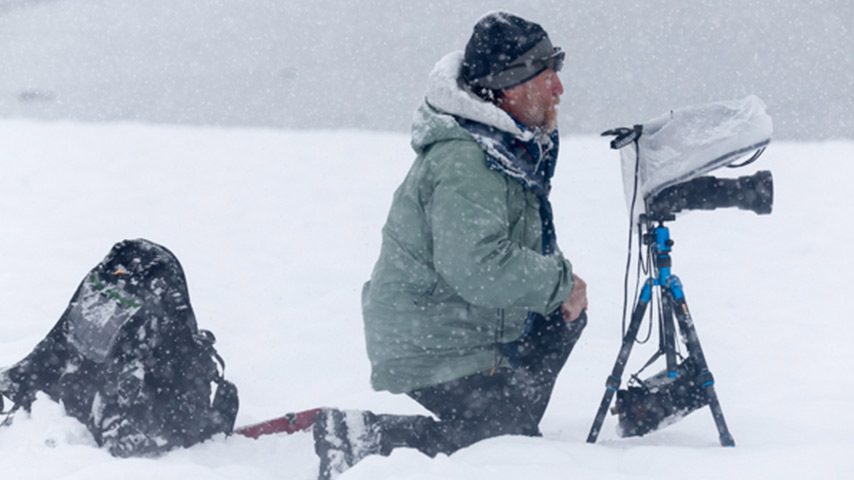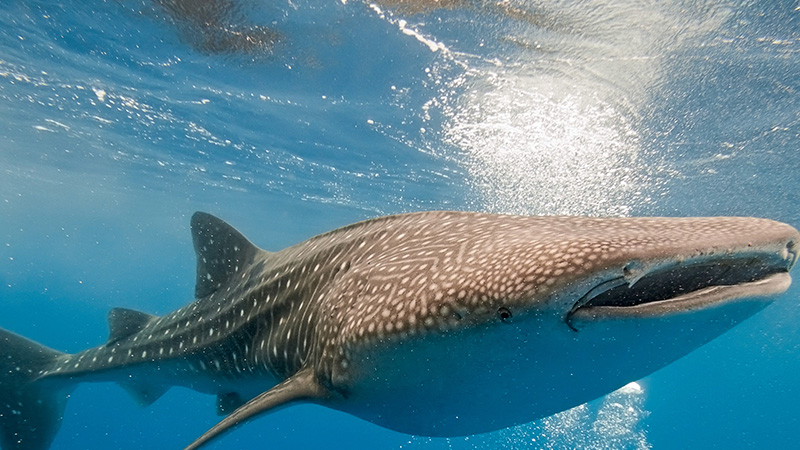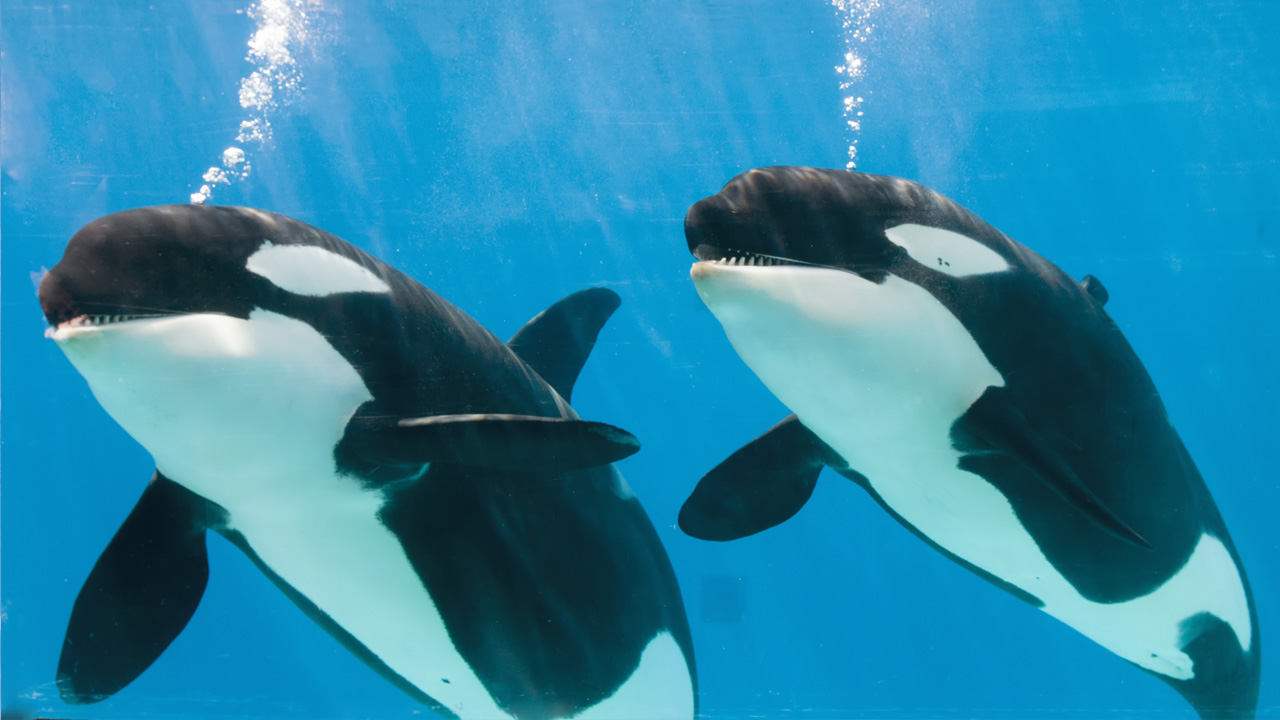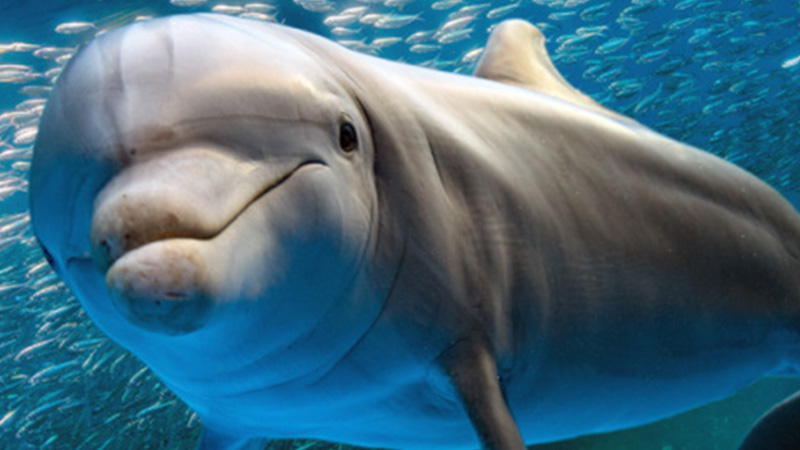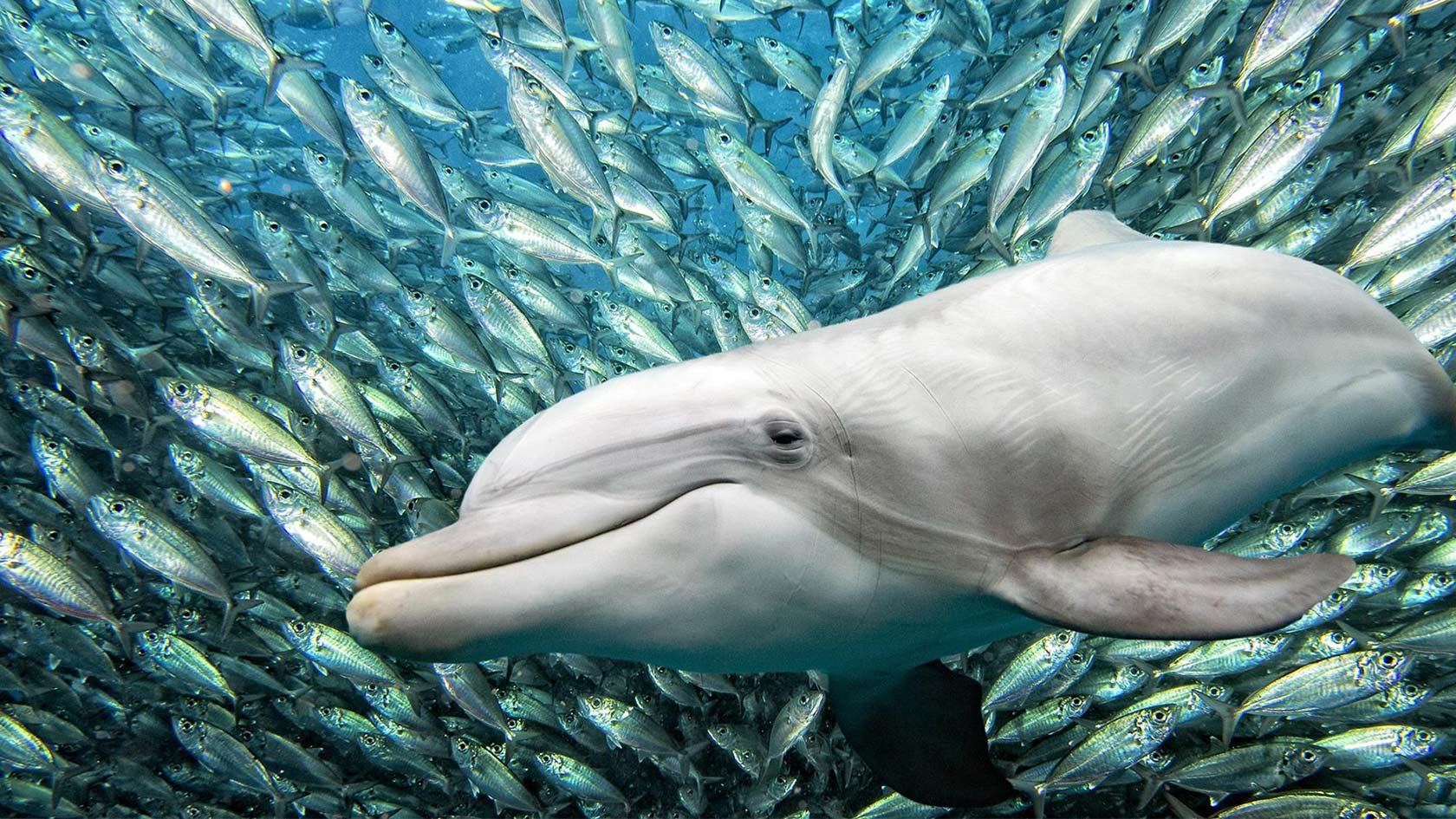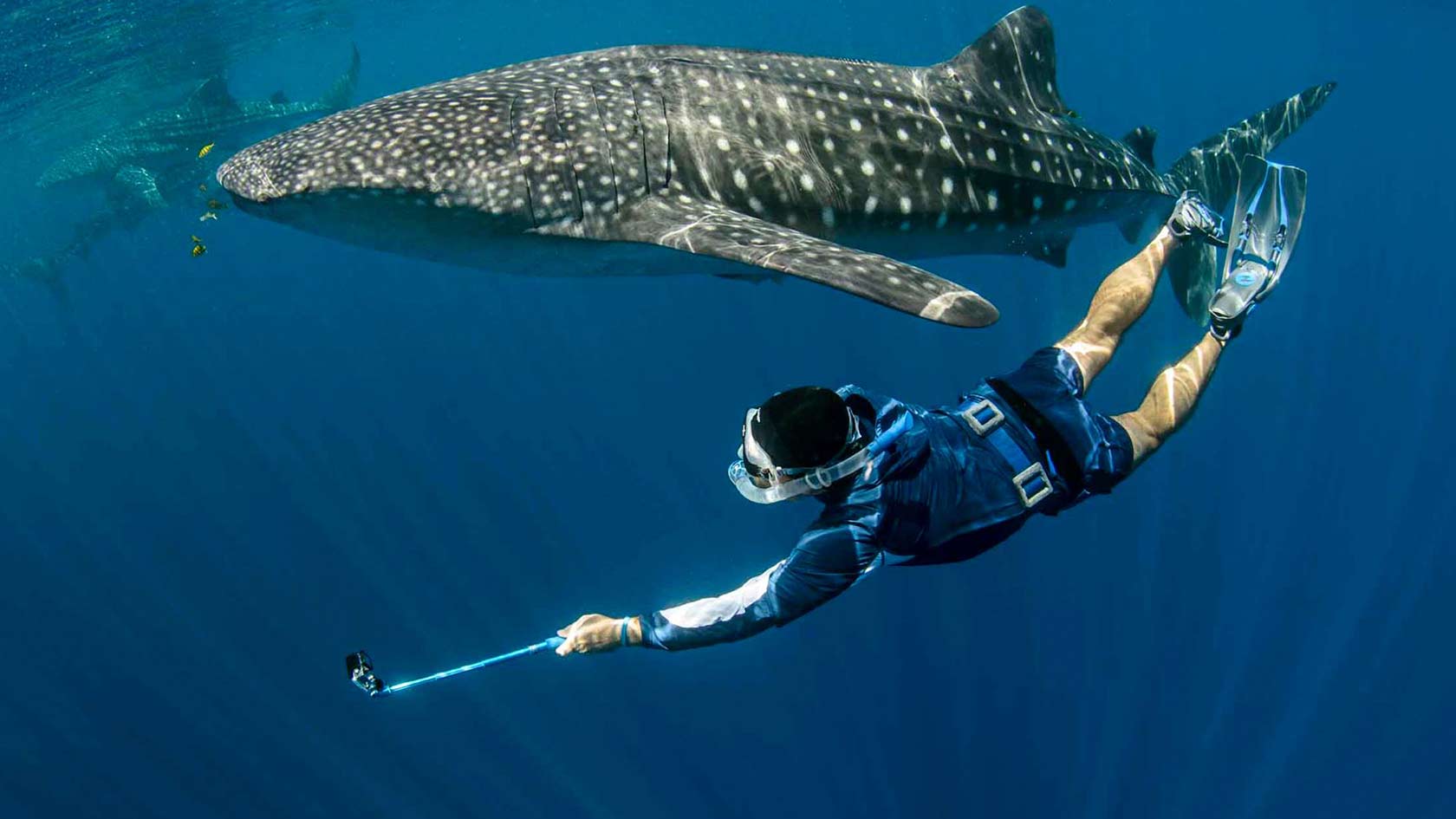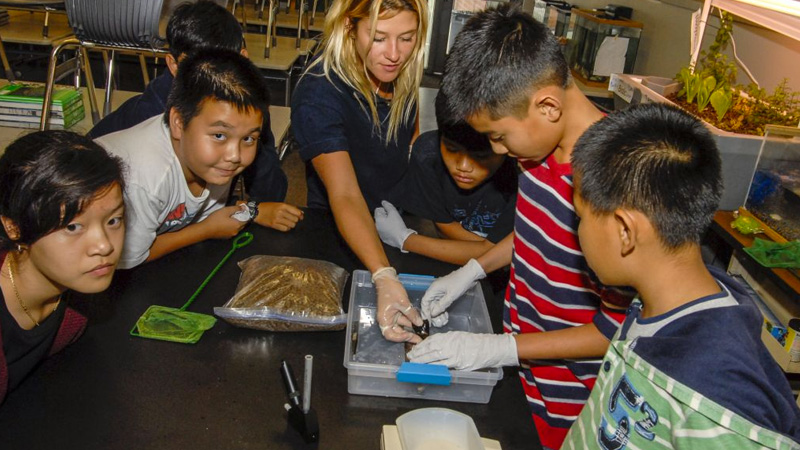Providing scientific solutions to today’s most pressing Issues
At HSWRI, we believe healthy oceans benefit all life on earth. We are building the models and programs to address the pressures on our oceans and the negative impacts on species, ecosystems and ultimately, on people’s lives. Our long-term goal is to safeguard the world’s essential ocean and marine life biodiversity in order to maximize the long-term ecological, social and economic benefits for people and nature. HSWRI applies a “whole ocean” approach by designing solutions that address issues in the context of the entire system so that multiple benefits can be achieved and unintended negative consequences can be avoided. We use science to find a balance in the way people interact with nature.
Thank you for considering to make an impact to our mission by making a donation.

Conserve
Restore
Sustain
Inspire

